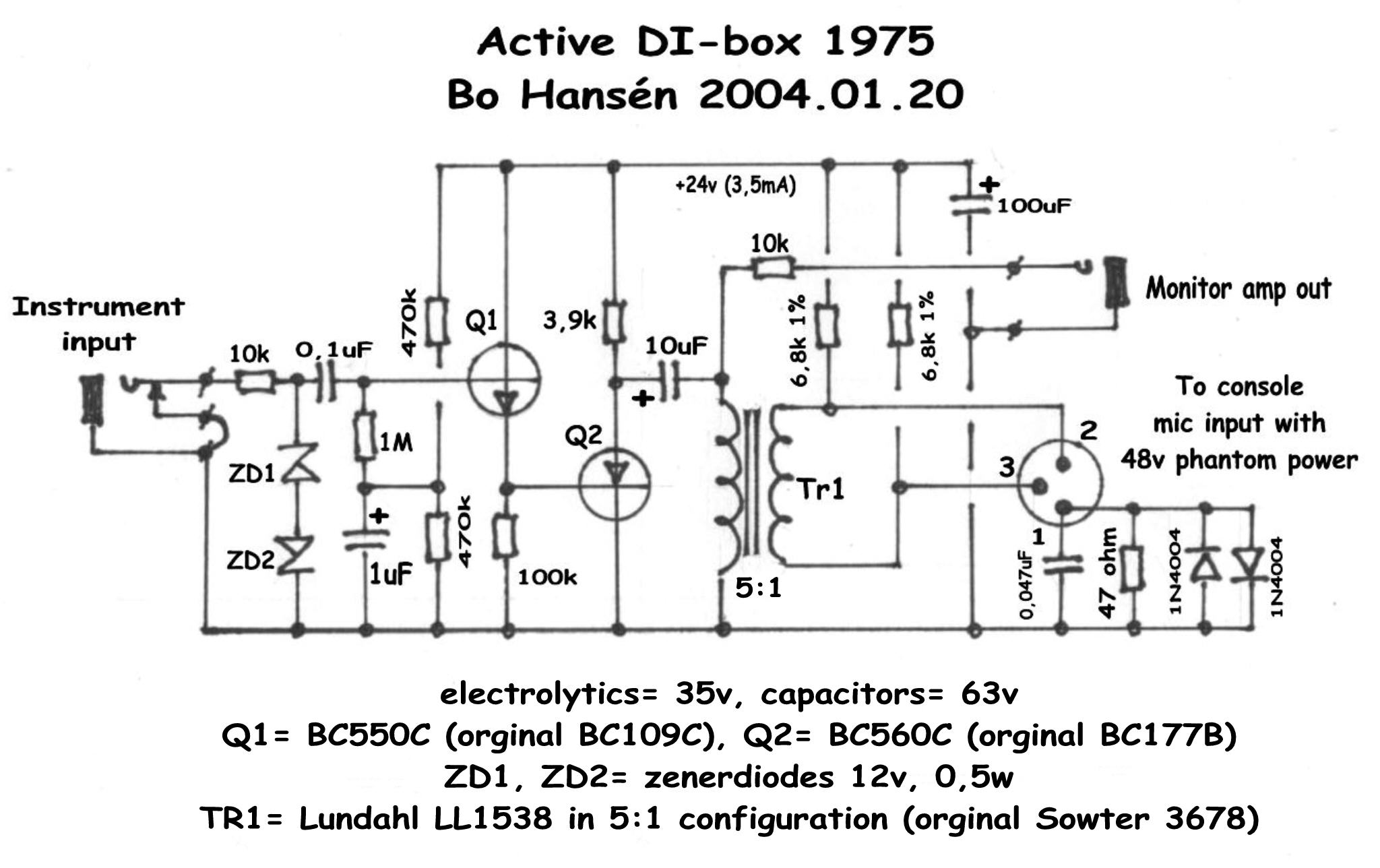In my recommended system, the star point is at the input. Connecting shields (p1) to the chassis directly means anything on the shields stays outside the 'Faraday cage' The star point is the 'reference'. The problems occur if the shield currents have to flow along a little aerial to get to the 'Faraday cage' (chassis) .. or worse, through Eden's ground plane.Rochey said:I would have thought that not connecting to the input GND from the XLR is important... as you don't want stray current from the shield and from the case straying into your circuit.
That's why I've re-drawn the earthy end of the filter caps recommended by Bruce. All the SMPS currents are limited to the P48V. (this is the intensively filtered offboard stuff) The 2 twisted P48V wires coming from the FAB1248 should not have any SMPS stuff including decoupling current.As the 48V is handled offboard, I'm struggling to get my head around the current flow of the phantom power.
The P48V 'GND' of this twisted pair is connected to the input star point (p1) so the mike P48 current goes directly back to it. Any cr*p left on that supply doesn't flow through any part of Eden. (this is the starred back to the same place as your eden psu-ground)
________________
Alas, you can't do the same for +/-15V cos of the earth plane and the 10u caps on the supply. The +/-15V 'Commons' is connected to Eden +/-15V GND cos that's what you said is the closest GND to the 10u caps.
________________
The only thing I'm not sure about is whether or how to decouple the 12V inputs to chassis. :-\



